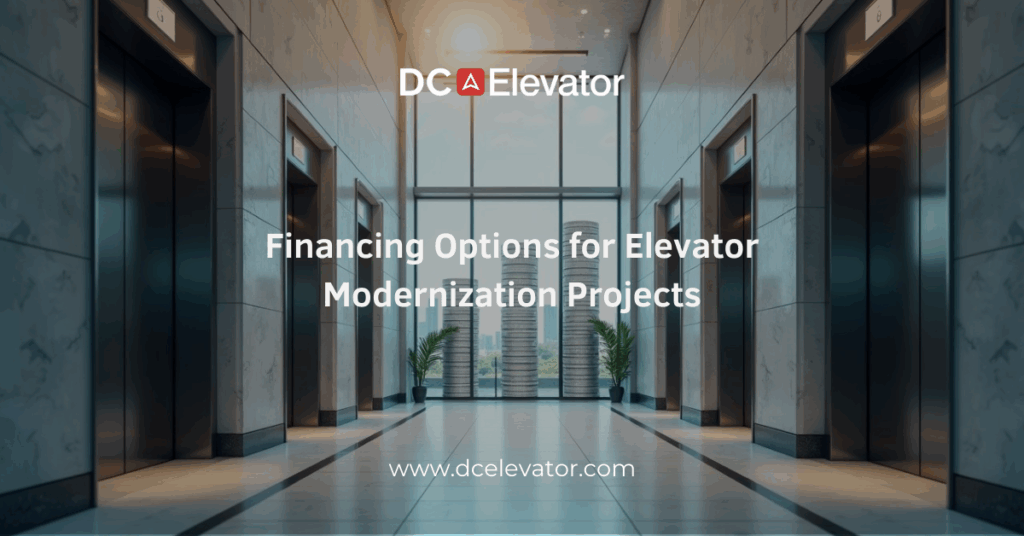Elevator modernization is a major investment for any building owner or facility manager. While the benefits—improved safety, efficiency, and tenant satisfaction—are clear, the upfront costs can feel overwhelming. According to industry reports, modernization projects can range anywhere from tens of thousands to several hundred thousand dollars, depending on the scope. For many property owners, the biggest question isn’t whether modernization is needed, but how to pay for it. Fortunately, there are financing options available that make these projects more manageable without compromising on building safety or competitiveness.
Why Financing Matters for Modernization
Elevators are mission-critical assets in residential, commercial, and hospitality properties. Yet, modernization costs often compete with other capital expenses, making budget planning a challenge. Financing provides building owners with the flexibility to:
-
Spread costs over time rather than paying upfront.
-
Start projects immediately instead of delaying critical upgrades.
-
Preserve cash flow for other property needs.
By understanding available options, property managers can make modernization projects more financially feasible.
Common Financing Options for Elevator Modernization
1. Traditional Bank Loans
Banks and financial institutions often offer loans specifically for capital improvement projects. These typically have fixed interest rates and predictable repayment terms, making them a good choice for long-term planning.
2. Leasing Programs
Some providers allow modernization projects to be financed through equipment leasing. This enables property owners to upgrade elevators with lower upfront costs while treating payments as operating expenses.
3. Energy-Efficiency Incentives
Modernized elevators often consume less energy. Depending on location, building owners may qualify for green building grants, rebates, or low-interest loans tied to sustainability upgrades.
4. Vendor Financing
Some elevator service providers offer financing plans directly to clients, simplifying the process. These can include flexible payment terms designed around a property’s cash flow.
5. Capital Reserve Planning
For properties with reserve funds, tapping into these accounts is another option. While not financing in the traditional sense, using planned reserves can reduce the need for loans while still covering modernization costs.
Real-World Considerations
-
Commercial Buildings: Financing allows owners to modernize elevators immediately, helping them stay competitive in leasing markets without large upfront expenditures.
-
Residential Properties: Financing options help condo boards and property managers spread costs across unit owners over time, reducing financial strain.
-
Hospitality Sector: Hotels that modernize elevators through financing avoid guest disruptions while improving satisfaction scores that directly affect revenue.
Choosing the Right Approach
The right financing option depends on the property’s size, type, and long-term goals. Facility managers should weigh the costs of modernization against the potential losses of delaying upgrades, such as tenant dissatisfaction, higher maintenance bills, or safety concerns. Partnering with an elevator expert ensures not only a tailored modernization plan but also guidance on financing options suited to each building’s needs.
Elevator modernization is an investment in safety, reliability, and tenant satisfaction—but it doesn’t have to drain your capital budget. With options like bank loans, leasing, energy-efficiency incentives, and vendor financing, building owners can upgrade their elevators without financial strain. The key is to explore financing solutions that align with your property’s goals and budget.
If you’re considering modernization but unsure how to approach the financial side, our experts can help guide you through the process. Contact us today for an elevator analysis and to learn more about financing options tailored to your building.
